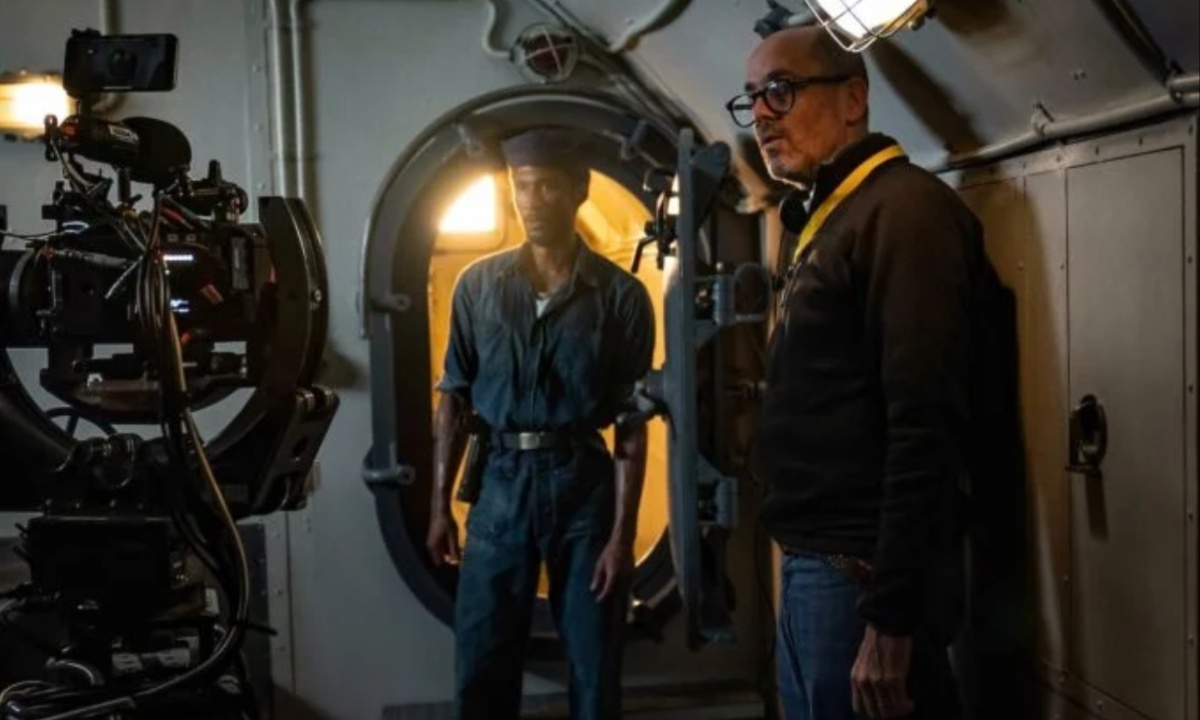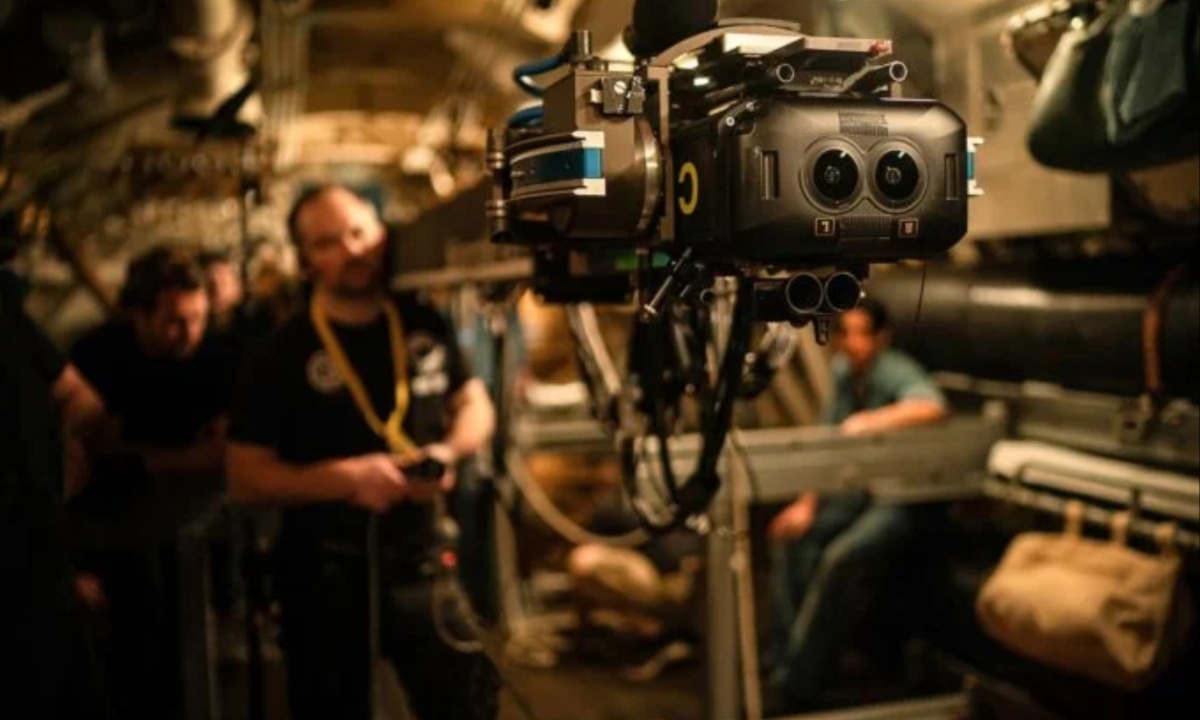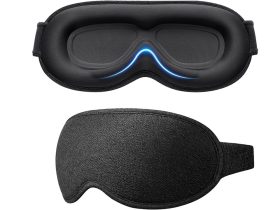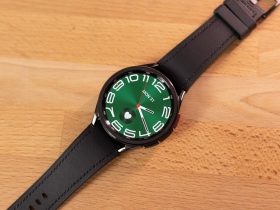The Apple Vision Pro has generated excitement among early adopters, who are eager for more features and immersive content. Apple has responded to this demand with the release of “Submerged,” a short film directed by Edward Berger specifically designed for the Vision Pro.
The film, running 17 minutes, offers an engaging experience but leaves viewers wanting more, indicating that while it is enjoyable, it does not fully meet the expectations for transformative content on the new platform. Many early users are keenly awaiting updates that will enhance their viewing experience, such as a 180-degree wraparound screen for the visionOS 2.
Apple granted Gizmodo an early screening of “Submerged” before its release on the Apple TV app. Despite the availability of various immersive videos and traditional content on the Vision Pro, users find that these short films serve as enjoyable distractions but lack the depth that would encourage repeated viewings.
The film’s 17-minute runtime, while intriguing, highlights the challenge of delivering engaging content that keeps viewers returning for more. The growing anticipation for significant software updates reflects the community’s desire for a richer experience beyond the initial offerings.

“Submerged” presents a narrative set during World War II, focusing on Submariner James Dyson, portrayed by Jordan Barton. The film’s storyline revolves around Dyson’s search for a missing friend aboard a U.S. submarine, escalating to a tense encounter with a German destroyer.
While the film succeeds in creating a tense atmosphere and features striking visuals, its script and storytelling come under scrutiny for lacking depth and clarity. The fast-paced plot attempts to convey intense emotions but ultimately feels rushed and unfocused, detracting from the potential impact of its themes.
The film showcases both the strengths and limitations of immersive cinema. Despite the promise of a full 180-degree viewing experience, director Edward Berger opts for close-up shots, directing viewers’ focus on specific characters and actions. This choice, while effective for maintaining tension, also restricts the immersive potential that a wider view could offer.
Berger employs traditional filmmaking techniques, such as depth of field and spotlighting, to guide viewer attention, demonstrating that effective storytelling in this new medium requires adapting established cinematic principles.
Given the challenges of filming immersive content, “Submerged” cleverly utilizes the confined setting of a submarine to avoid revealing unwanted elements in the frame. The production team faced difficulties in managing the specialized 3D cameras required for the film, necessitating careful planning to create a convincing environment.
The film’s design team invested significant effort in crafting detailed and realistic sets, as viewers can freely shift their gaze in an immersive experience. However, this emphasis on realism raises questions about production costs and the limits of CGI when attempting to create a fully immersive visual experience.
Looking ahead, Apple has plans for more immersive content for the Vision Pro, including short films and experiences related to events like the NBA All-Star Weekend and musical performances. As the streaming industry becomes increasingly competitive, the need for fresh, engaging content becomes essential for retaining user interest.
The Vision Pro’s high price tag poses challenges for widespread adoption, necessitating a robust library of scripted films like “Submerged” to demonstrate the potential of mixed reality as a new storytelling medium. Market analysts have expressed concerns about Vision Pro sales, underscoring the importance of delivering compelling content to attract a broader audience and encourage future investment in the platform.






Leave a Reply